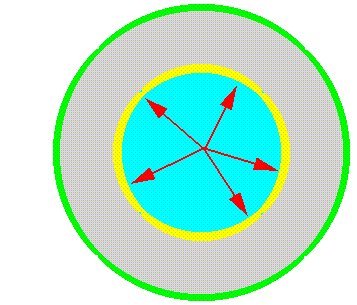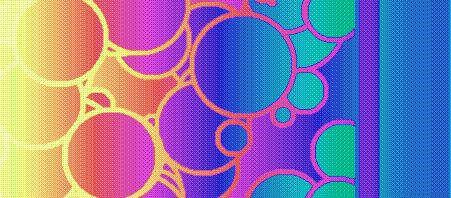

A dynamical model of a young supernova remnant includes four
essential components:
Observational evidence suggests that the supersonic ejecta is not uniform, but instead resembles a foam of very low density bubbles. This feature may help explain the observed morphology of Cass A, and it may play an important role in how efficiently the ejecta gas becomes mixed with the circumstellar gas. To study this theory we have run computational simulations assuming a foam structure for the ejecta:

Our computational model is run in spherical coordinates on a grid of 4003 zones using 100 processors on the IBM SP. The computational grid is expanded radially with the expanding blastwave, with the "foamy" ejecta fed onto the grid at the inner radial boundary. The simulation covers only a finite "wedge" spanning a solid angle of 2.5 steradians.